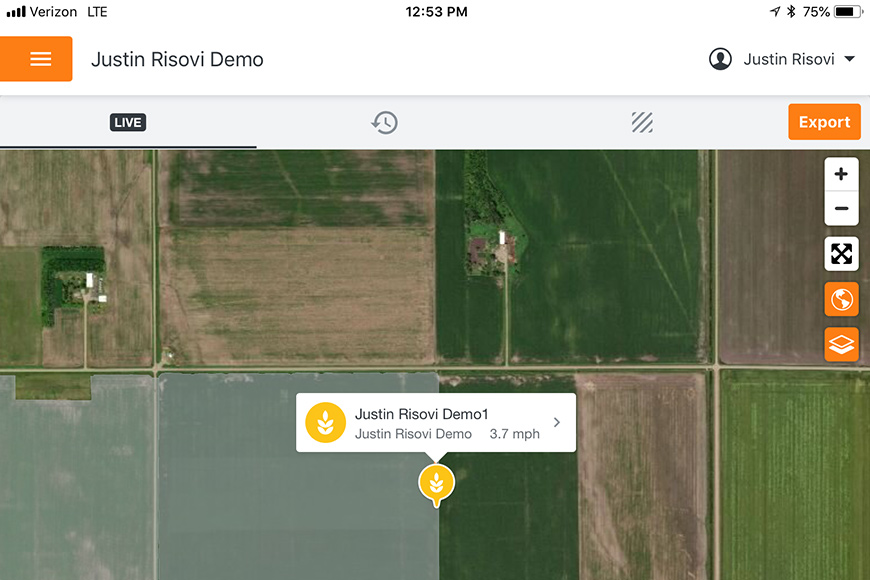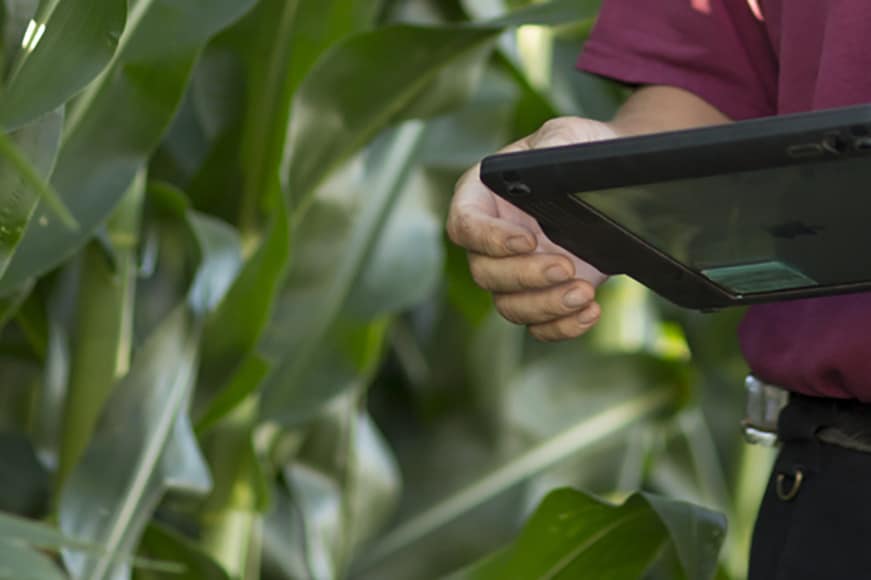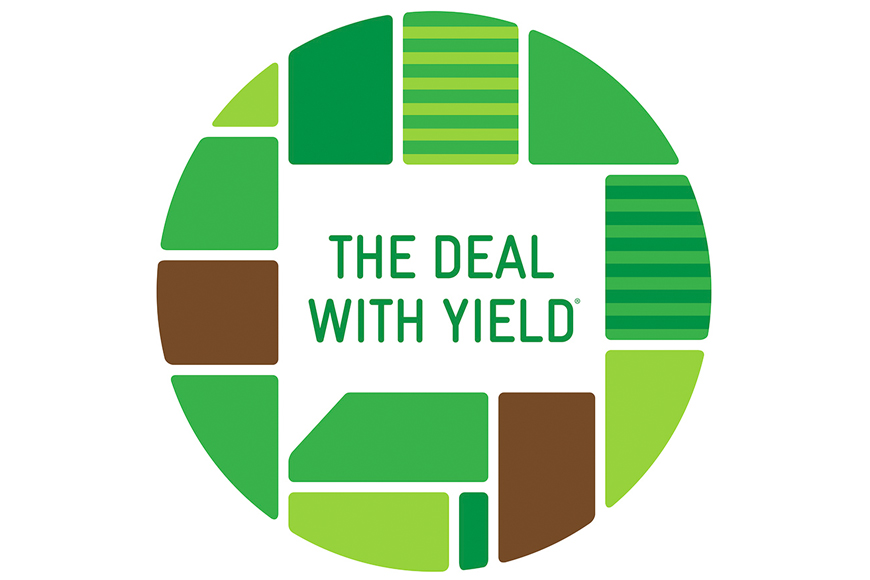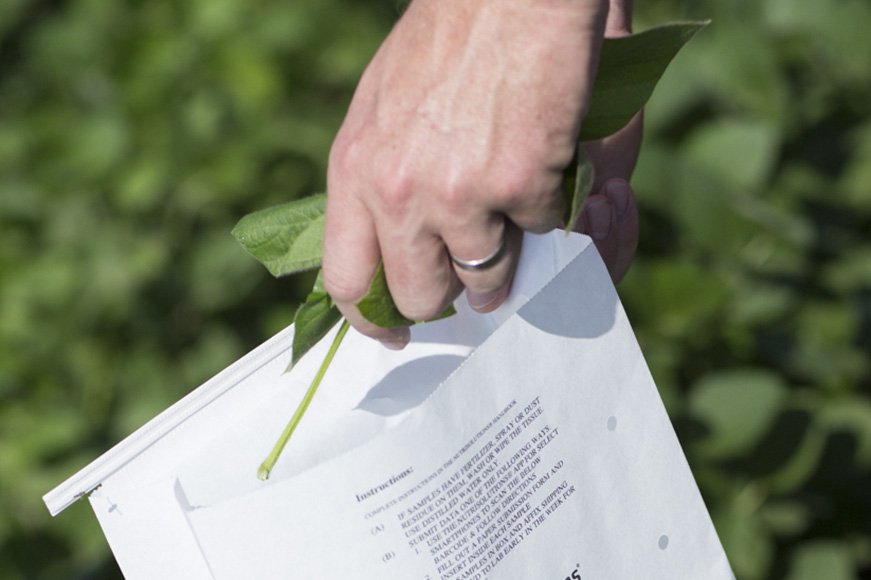Include Ag Tech in Your Financial Discussions

Let’s face it, it’s tough to be a farmer right now. There are new levels of financial uncertainty fueled by a tough economy, recent weather challenges, market volatility and tariffs. These conditions may make it harder for you to get the funding you need to maximize revenue potential. Yet, the same insights, data and technology that fuel your operation can help you develop investment plans to support more profitable spending. As ag technology continues to advance and adoption on the farm continues to grow, there are more opportunities to successfully use the tools to navigate financial discussions with your ag lender.
Cutting costs is good, when you do it right
As budgets tighten, you’re always looking for ways to save on production costs. But how should you decide when to cut and when to spend? While it’s not always a clear choice, ag technology can definitely help guide and support your investment decisions. Ultimately, your goal is to optimize yield potential while balancing input costs. Rather than focusing on cost per acre, the real question you should ask is “What is my cost per bushel to produce?” That can help you ensure you’re running your business as efficiently as possible.
Cutting inputs blindly is not the answer. Sometimes choosing not to spend on a particular input might be the most costly mistake you make. For example, you might save $1 per acre on an upfront cost for a particular input, but by not spending that money, you lose $5 per acre in yield potential. Obviously, that upfront “savings” wouldn’t really save you anything. When choosing what to cut, you want to select the inputs that will have the least impact on yield potential. That means you need to quantify how much value each input adds to your bottom line. Some ag tech tools have powerful capabilities to help you do that.
Crop modeling technology can help you simulate different scenarios so you can see how various inputs might affect yield and profitability potential based on the current conditions in your field. That can help you understand where you need to spend and when you might want to reallocate your dollars to get more bang for your buck.
For instance, my farm saw a tremendous amount of rain this season, and I wondered how much nitrogen my fields had lost. Around the time my corn pollinated, I was tempted to apply an extra 30 pounds of nitrogen because data has shown that’s an effective way to increase return on investment. However, when I consulted the modeling tool and ran scenarios based on my field’s conditions, it predicted that my nitrogen investment would only result in an extra bushel per acre at the end of the season. The model helped confirm that my gut feeling was not the right decision in this situation, and I ended up saving money by not applying that nitrogen. Those dollars were then reallocated to a fungicide application.
Other ag tech tools, including satellite imagery or yield maps, can help you distinguish between productive and marginal acres. That will help you decide where you’re most likely to see the greatest return on your investments.
Ag tech builds confidence with lenders
So how do ag tech tools fit into lending conversations? First, because they guide educated decision-making and are supported by sound data, they can help you rationalize expenditures and plan short- and long-term business goals. Ag tech tools can help present a valid case for why you are requesting funding from your lender, whether it’s for a nitrogen application or to buy more ground to expand your farm. Most lenders agree that the more information they have about your operation, the more confident they’ll feel about loaning you money. Sharing details of your decision-making process, including bringing ag tech into the conversation, can help strengthen the relationship with your bankers and help them understand your goals better.
Ag tech tools can help you paint a clear picture of what’s happening on a field-by-field basis and can help lenders feel more connected to your operation. As lending restrictions tighten and more scrutiny is placed on loan applications, having data to support your cause can help ensure you get the resources you need to meet your business goals.
Finding the silver lining
These challenging times offer a great opportunity to do things differently. It’s hard to change the way you do business when things are going really well. But your business thrives when you become more efficient and spend every dollar more wisely. When you share the knowledge and insights you can get from ag tech tools with the right partners, including ag lenders, you really expand the potential of your operation. You’ll find more profitable ways to get things done and you and your lender will be more confident about the business decisions you make.
For more information about the WinField United suite of ag technology tools and how they can help you build confidence in next year’s plan, talk to your locally owned and operated WinField United retailer.
All photos are either the property of WinField United or used with permission.
© 2019 WinField United. Important: Before use always read and follow label instructions. Crop performance is dependent on several factors many of which are beyond the control of WinField United, including without limitation, soil type, pest pressures, agronomic practices, and weather conditions. Growers are encouraged to consider data from multiple locations, over multiple years, and be mindful of how such agronomic conditions could impact results. WinField® and CROPLAN® are trademarks of WinField United.






